In 1864, a group known as the 'Societe Gymnastique La Gantoise' responsible for promoting gymnastics, was formed. Certain branches soon were able to establish themselves as independent organizations and, in 1891, the group was merged together with Association Athletique, which was an amalgamation of smaller teams including Racing Club, Running Club and Red Star. The team that merged was named Association Athletique La Gantoise, apart from gymnastics, its activities were expanded to include athletics, cycling, boxing, cricket fencing, hockey, tennis, and swimming. In this regard an athletics squad KAA Gent was founded.
In the final decade in the late 19th century football organized was first introduced in Ghent. There were several small teams that were established and then some were amalgamated into Racing Club Gantois on 1 April 1899. It was later to become the largest competitor to KAA Gent. In 1900, an football team was formed by students from Melle College. College of Melle, which is situated near Ghent. The first team's president was a doctor Hector Priem. The matches were played at the Carpentierplein which was located near the intersection of the Kortrijksesteenweg and the Clementinalaan as well as The Oostendestraat along with the Astridlaan. In the beginning, the colors black and white were the primary colours however, by the 31st of October 1900, the date that the team was officially a member, the colors were changed to white and blue. On the 15th of November, 1900, the team's first regular match was played, with Omnium Sporting Club. In January of 1901 KAA Gent played Racing Club Gantois, which was at the time, the more powerful of the two teams. KAA Gent lost the game by a score of 10-0. However, by the close that century,, the team was already a part of UBSSA (Union Belge of Societes de Sports Athletics also known as Belgian Union of the Athletic Sports Society however, even though Racing Club Gantois was the oldest club in Belgium, KAA Gent would receive an inferior matricule number that Racing Club, which would be granted 11. In the year 1901, AA La Gantoise played its first matches in the lower divisions.
For the first couple of years the team mainly was within the Belgian Second Division, and later, within the First Division. The team relocated in 1904 into the Mussenstraat. In 1913 The World Exposition was held at this location The team then moved again but moving this time, to Albertlaan. In the Albertlaan, a soccer pitch as well as tennis courts, training fields as well as an athletics track galleries, and various other amenities were being constructed. On December 9, 1915, at the time of the First World War, the stadium was completely destroyed. From 1912 to 1913, AA La Gantoise became champions in the Second Division. The team was awarded the title in 1914. was awarded the title of royal and was renamed Association Royale Athletique La Gantoise and was later abbreviated to ARA La Gantoise. In the world exposition, the team hosted a number of sports events. The initial season of the First League, 1913-14, was not easy for the team. It was only through the test contest in the match against Standard Club Liegois, relegation was prevented.
After 1920 the club relocated again and moving this time Gentbrugge which is which is where the Jules Ottenstadion was built. La Gantoise fell back to the Second Division and it was not until 1936 that the team was able to win promotion play-offs to get back in The First Division. In the mid-fifties La Gantoise played their most impressive football ever. In 1953-54, they finished in third place with an equal number of points to KFC Malinois and only one point ahead of champions Anderlecht. In the following campaign, La Gantoise was alone in the second position but this time with three points less than champions. In 1964, they took home the Belgian Cup (Beker van Belgie) that is the very first significant victory in a tournament by the club. Due to their cup victory it became one of the initial Belgian team to be a part of the Winners of the European Cup Cup. La Gantoise was defeated in the opening round against West Ham United. In 1967, the team was again was relegated, following more than three decades having played as part of the First Division. However, it did take just one year to win promotion again.
In 1971 Ghent's name was transliterated into Flemish in the form of "Koninklijke Atletiek Association Gent" (commonly also referred to as KAA Gent or AA Gent). The 1970-71 season marked the beginning of a difficult period for Ghent. They were sent into their Second Division six games before the season's end, following the loss against Club Brugge. They were were was relegated back to in the Third Division. Ghent was in the finals and could not secure its promotion in that Second Division in the final round. After a single season, they returned in the Second Division and remained there until the year 1980 after which the team was relegated back to in the First Division. The 1980s would turn out to be the best time to the squad. In 1984, they were crowned the Belgian Cup again, and during this time, the team competed in European tournaments four times. In 1986 and 1987, Ghent reached the Third round of the UEFA Cup. In 1988, the team went back into in the Second Division for a short period, but with the help of the promotion play-offs they were able return to the First Division after one season. The most important contribution was made by one of the members of the Board of Directors, Marc Mortier who met with the Premier Secretary of Belgium, Wilfried Martens, in order to set up an organization called Foot Invest, to get the team back in the right direction. Marc Mortier gathered more than 50 million Belgian francs (1.25 million euros) to sponsor the team in just only a few months. He also announced VDK Spaarbank, the primary patron of the club.
In 1990-91, the team was in the upper echelons of league for quite a while under the guidance by Rene Vandereycken and players such as Frank Dauwen, Eric Viscaal and Erwin Vandenbergh. But ultimately, it was relegated to the third place. Instead of participating for the UEFA Champions League, the team participated at the UEFA Cup in 1991. After losing to Lausanne-Sport, Eintracht Frankfurt and Dynamo Moscow, Ghent played the quarterfinals against Ajax. In the following seasons, Ghent fell back to the lower positions in the rankings. From 1994 to 1997, they were just above Relegation positions in the league. In the late 1990s, their results had improved and, with coach Trond Sollied in charge, KAA Gent qualified for European football for the first time in 1999-2000. In the series, Ghent lost heavily against Ajax under their new manager Henk Houwaart. The following campaign, Ghent reached the UEFA Intertoto Cup which it reached the semi-finals, where it would face PSG. In the following seasons, league results varied from lower sub-top positions and top four places.
In 2004 Ghent hired as coach Georges Leekens. In the first season of his tenure the team finished at sixth position in the competition. With Leekens as director, KAA Gent made some remarkable performances, like the 4-1 win over the their rival Club Brugge on 1 April 2006. The 2006-07 season, in spite of an uncharacteristically weak beginning to the season KAA Gent managed to secure fourth place within the Belgian Pro League. The team repeated the feat in the year following.
The following season the manager Georges Leekens left the club and joined Lokeren. Trond Sollied, the Norwegian trainer who was very successful in the previous seven years was appointed his successor. Under his direction, KAA Gent played its third Cup Final in which it was only defeated to Anderlecht. Sollied quit Ghent for another time after a single campaign, and this time with Heerenveen. Michel Preud'homme, who been crowned champions of the Jupiler Pro League with Standard Liege was signed on for three years, along with fellow teammates Manu Ferrera, and Stan van den Buys. In 2008-09, Standard Liege finished in fourth place following a remarkable recovery in the second phase of the contest, earning the same number of points to Club Brugge, who had been victorious in one game, and came in third.
In 2009-10 the season, there was a fierce fight for second place within the Belgian Pro League between AA Gent and Club Brugge and the Champions League ticket which came with it. They faced off on May 8th, 2010. Ghent was victorious with a convincing 6-2 win and was able to claim second place as a result of that win. The following week, Ghent also won the Belgian Cup for the first time in over 26 years, beating the other Bruges Pro League team, Cercle Brugge.
On July 17, 2013 the club was officially launched their new stadium that is Ghelamco Arena. Ghelamco Arena, with a victory of 2-0 against VfB Stuttgart in a gala match.
The 21 May of 2015, Ghent clinched their first Belgium League title by defeating Standard Liege 2-0 at home and automatically qualifying to play in the first group phase of the UEFA Champions League. Gent were selected in Group H in which they will play Russian champions Zenit Saint Petersburg, the Spanish team Valencia and French Lyon. Gent were drawn in Group H, which includes French Lyon, Valencia and Zenit Saint Petersburg. Belgian champions managed to achieve better results than they had expected. Matchday 1 saw Ghent draw 1-1 against Olympique Lyon in Ghelamco Arena, securing their first win in the Champions League group stages, following Milicevic scored to draw the score to an even draw, but they conceded Jallet's goal. On matchday 2 they were defeated by Zenit 2 - 1 on Petrovsky Stadium, Saint Petersburg, Russia; they were ahead 1-0 after a goal by Dzyuba and then managed to bring the draw to 1-1 with a goal scored by Matton and then Russian national Shatov scored Ghent's first Champions League group stage defeat. In Matchday 3 they fell to a 2-2 draw against Valencia in Mestalla, Valencia, Spain They held Valencia at a 1-1 draw prior to the half-time break, however Mitrovic's score in the 70th minutes put the game to bed. to draw. On matchday 4, in the Ghelamco Arena, Gent beat Valencia 1-1, following Kums was able to convert an penalty kick within the final minute, to win their first ever Champions League victory. In matchday 5, at Stade de Gerland, Lyon, France, Ghent beat Lyon by 2-1. Ferri's 0-1 goal was conceded after Milicevic made it an even score but substitute Coulibaly was able to score the goal that was the most dramatic of winners at the very last moment of the game at the end of the 95th minute. Gent qualified for either the Champions League or Europa League knockout stages. To be eligible for Champions League knock-out phases, Gent had to win against Zenit, the group leader. Zenit and could be eligible even in the event that Valencia wins at Lyon because of its away goal. On March 6, Gent won 2-1 against Zenit and finished the group with a second-place finish and becoming the only Belgian team to make it towards the Champions League knockout phase, since Lyon defeated Valencia and Anderlecht during 2000-01. For the Round of 16 they were drawn against Wolfsburg. In the first match of the match at Ghelamco Stadium, Ghent, Belgium, Gent were defeated 3-1 by Wolfsburg having been led by 0-3, and managed scoring two goals within the last 10 minutes. The second match which was played in Wolfsburg finished with a 1-0 score, bringing an end to Gent's European tournament.
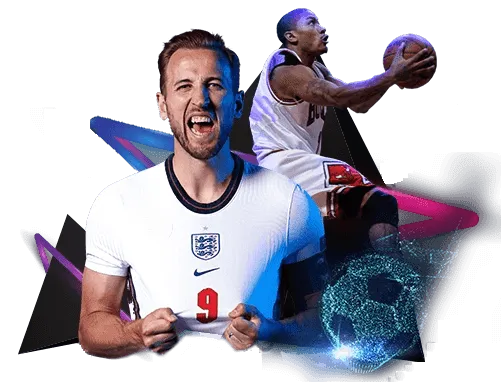


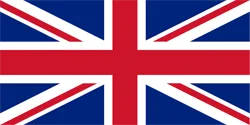 ENG
ENG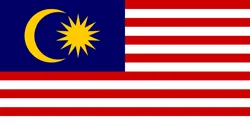 MYS
MYS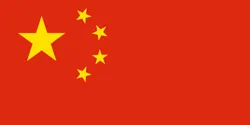 简体中文
简体中文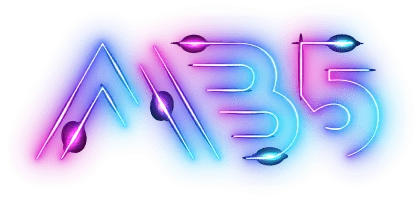




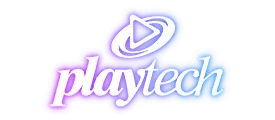
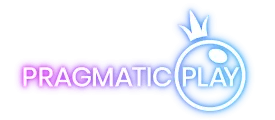










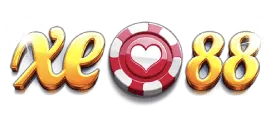



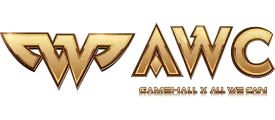
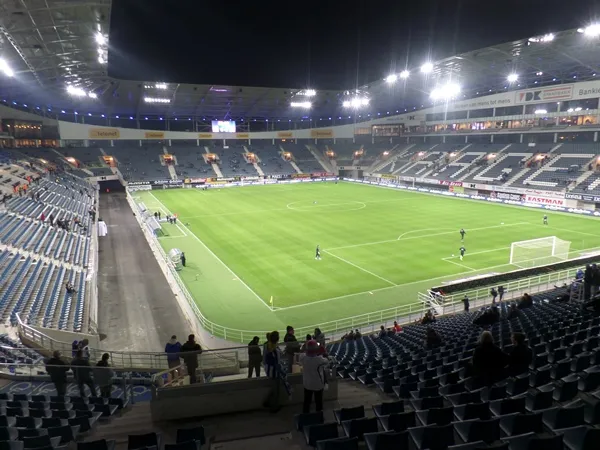

 Haarlem
Haarlem

 Jeunesse Esch
Jeunesse Esch Sportul Studențesc
Sportul StudenÈ›esc IFK Göteborg
IFK Göteborg Lausanne-Sport
Lausanne-Sport
 Dynamo Moscow
Dynamo Moscow ÍA Akranes
ÍA Akranes
 Roma
Roma

 Levski Sofia
Levski Sofia Videoton
Videoton Zenit
Zenit Valencia
Valencia Shkëndija
Shkëndija

 Rheindorf Altach
Rheindorf Altach Jagiellonia Białystok
Jagiellonia Białystok
 Rijeka
Rijeka Red Star Belgrade
Red Star Belgrade Slovan Liberec
Slovan Liberec Vålerenga
Vålerenga RFS
RFS Flora
Flora
 KEN
KEN CMR
CMR GHA
GHA KOR
KOR DEN
DEN GAM
GAM ANG
ANG MAR
MAR CIV
CIV GEO
GEO COD
COD.svg/23px-Flag_of_Belgium_(civil).svg.png) Hector Priem (1901–09)
Hector Priem (1901–09)
 Willibald Stejskal (1942–43)
Willibald Stejskal (1942–43) Trond Sollied (1 January 1999 – 30 June 2000)
Trond Sollied (1 January 1999 – 30 June 2000) Edmond Delfour (1945–51)
Edmond Delfour (1945–51)
 István Sztani (1971–73)
István Sztani (1971–73) Víctor Fernández (9 January 2013 – 30 September 2013)
Víctor Fernández (9 January 2013 – 30 September 2013) Mircea Rednic (1 October 2013 – 9 April 2014)
Mircea Rednic (1 October 2013 – 9 April 2014) Jess Thorup (10 October 2018 – 20 August 2020)
Jess Thorup (10 October 2018 – 20 August 2020)